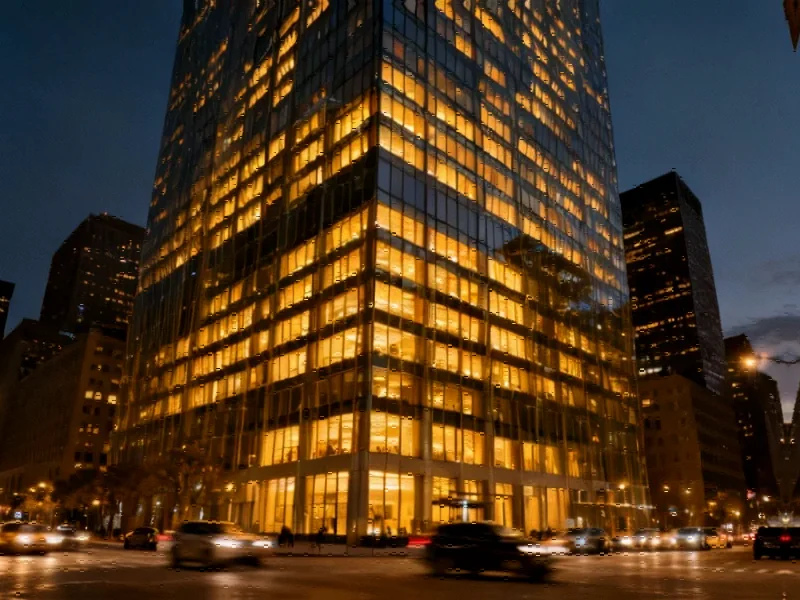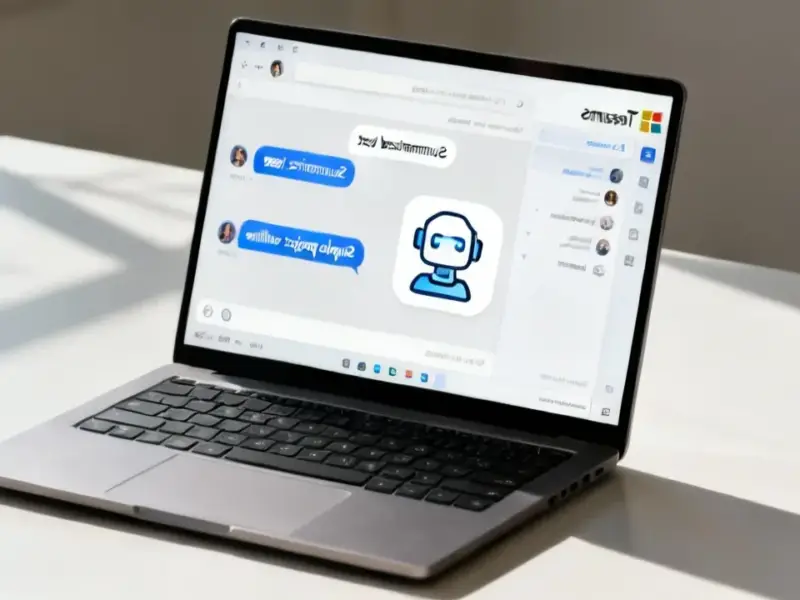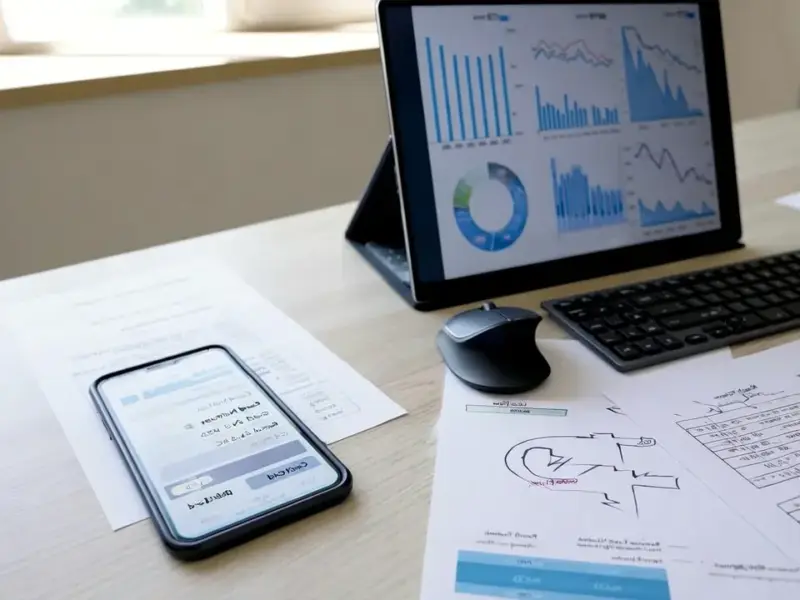According to Fast Company, Microsoft’s latest Work Trend Index reveals the “infinite workday” has become the norm for knowledge workers, with the pandemic-era “triple peak” work pattern persisting. After-hours activity is rising significantly, with meetings after 8 p.m. increasing 16% year over year and nearly one-third of active workers returning to their inboxes by 10 p.m. Weekends offer no respite, with 20% of weekend workers checking email before noon on both Saturday and Sunday. During core work hours, employees face constant interruptions every two minutes on average, leading 48% of employees and 52% of leaders to describe work as chaotic and fragmented. This data signals a fundamental shift in how work gets done that demands new approaches.
The Productivity Paradox of Constant Availability
What Microsoft’s data reveals is a fundamental misunderstanding of how human productivity actually functions. The assumption that constant availability equals higher output ignores decades of cognitive science research showing that context switching destroys deep work. When employees are interrupted every two minutes, they’re not just losing those two minutes—they’re losing the 20+ minutes needed to regain deep focus. This creates a vicious cycle where workers compensate for lost productivity by working longer hours, which in turn leads to more fatigue and poorer focus the next day. The infinite workday isn’t just burning people out—it’s systematically undermining the very productivity it claims to enable.
The Coming Digital Wellbeing Revolution
This data points toward an inevitable market correction in workplace technology. For the past decade, productivity tools have focused on maximizing connectivity and minimizing friction in communication. The next generation will need to prioritize focus protection and intentional disconnection. We’re already seeing early signals with features like Microsoft’s own Focus Time in Outlook and Google’s Digital Wellbeing tools, but these are just the beginning. Within 12-18 months, expect to see dedicated “focus protection” platforms that actively block interruptions during designated deep work periods and AI assistants that intelligently batch notifications based on cognitive load patterns. The companies that solve this problem effectively will capture a massive emerging market.
The Manager’s New Role: Focus Guardian
The most significant organizational shift will be redefining management’s purpose from productivity monitoring to focus protection. Traditional management metrics reward responsiveness and availability, but in the infinite workday era, the most valuable managers will be those who actively create conditions for deep work. This means establishing clear “focus hours” where meetings are banned, setting expectations around after-hours communication, and measuring output rather than online presence. The leadership challenge is profound: how do you create accountability while respecting boundaries? Organizations that solve this will gain significant competitive advantage in talent retention and quality of output.
The Generational Divide Accelerates
This fragmentation of the workday will accelerate existing generational tensions in the workplace. Younger workers who entered the workforce during or after the pandemic have different expectations about work-life integration and are more likely to push back against always-on culture. Meanwhile, many established leaders still operate with industrial-era assumptions about visibility equaling productivity. The collision of these perspectives will force organizations to make explicit choices about their cultural values. Companies that cling to monitoring tools and presenteeism will struggle to retain top talent, while those that embrace output-based evaluation will attract the next generation of high performers.
The Future is Rhythmic, Not Boundless
Looking ahead 18-24 months, I predict we’ll see the emergence of what I call “rhythmic work”—intentional patterns of collaboration and focus that replace the chaotic fragmentation Microsoft documents. This isn’t about returning to 9-to-5, but about creating conscious rhythms that align with human cognitive capabilities. Teams might establish “collaboration sprints” followed by “focus blocks,” with clear transitions between modes. The most forward-thinking organizations will even build seasonal rhythms, recognizing that creative work requires different patterns than execution work. The infinite workday represents a transitional phase between industrial-era time management and something more sophisticated—but only if we consciously design what comes next.




